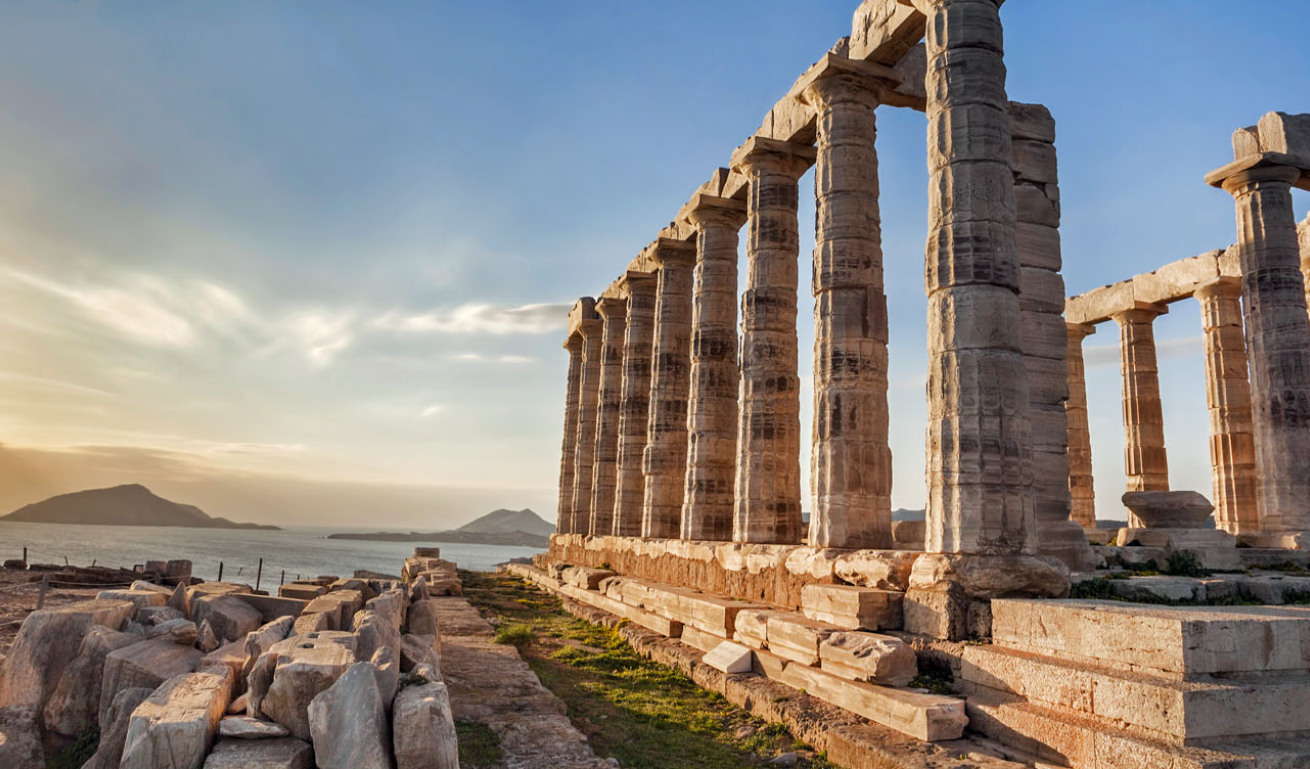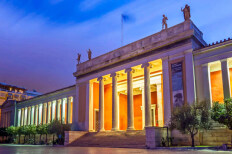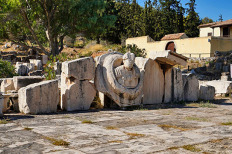

Attica
A journey” in 6,000- year history
Attica, the land that gave birth to ideas and arts, has created and shaped what we call today the western civilisation. Today, a visit to Attica offers visitors a unique experience. A “journey” in its 6,000-year history, including the chance to see renowned monuments and masterpieces of art of antiquity and the Middle Ages, and the architectural heritage of the 19th and 20th centuries. Here lies Athens, the capital of Greece, the busiest city of the country with the most prominent archaeological site and symbol of the country, the world famous sacred rock of the Acropolis.
Attica is home to some of the world’s most important and fascinating museums and archaeological sites, testimony to its long and prominent role in world history. Festivals featuring ancient Greek drama, as well as performances, sports or culinary events are organised throughout the year, spellbinding the audience.




Popular Destinations
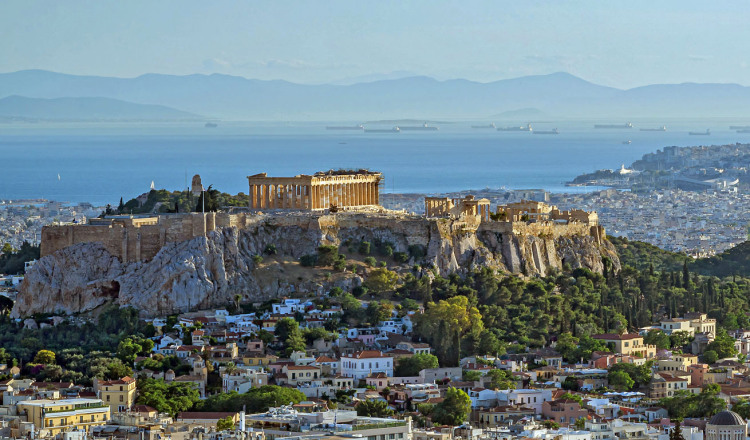
Athens
A journey through time
Welcome to Athens, the historical capital of Europe. Welcome to the birthplace of democracy, arts, science and philosophy of western civilisation. Home of Plato, Socrates, Pericles, Euripides, Sophocles, Aeschylus. Athens is one of the world’s oldest cities. Its recorded history spans around 3.400 years and it has been inhabited since the 11th millennium B.C. Today, under the shadow of Parthenon, the contemporary urban scenery of the sprawling city reflects its exciting history, its multi- cultural modern personality as well as the infrastructure and facilities.
The perfect Mediterranean climate with the legendary greek sunlight, the unique combination of glorious history with modern, urban innovation, the coexistence of great culture with astonishing natural beauty, the high standard hotel accommodation, modern means of transportation such as the cutting edge modern metro, the vibrant rhythm of life, the wide choice of opportunities for shopping, dining and night life and of course the warmth of the Athenians people feature Athens as the ideal all year round city break destination. The city of Parthenon is an open air museum. A large part of the town’s historic center has been converted into a 3 km pedestrian zone, one of the largest in Europe. It leads to the major archaeological sites (“archaeological park”), reconstructing – to a large degree – the ancient landscape. Either on foot or by bike, the ‘’Grande Promenade’’ around Acropolis is an unforgettable journey through history.

Piraeus
A port-city with a fascinating ancient history, vibrant, with sights worth seeing. A city that grew and gained power, becoming an important commercial, cultural and industrial center throughout the centuries. In its welcoming embrace you will find on a daily basis thousands of people travelling to the Aegean Sea and Crete, and others visiting Piraeus for food, coffee, entertainment, shopping, walks with a sea view, visits to the museums or around the neoclassical buildings that stand as irrefutable evidence of its glamorous past. Wander around Piraeus and discover its unforgettable charming corners that will make you visit it again and again!
Most of you have heard even once “The children of Piraeus” , the song composed by Manos Hadjidakis, sung by Melina Merkouri in the film “Never on Sunday”, that win the Oscar in 1960. Piraeus since then acquired a global reputation thanks to this film and song speaking about the town port of Piraeus.
Today, it is the main port of Athens, the biggest one in Greece and one of the most important ports of the Mediterranean, a major shipping, industrial and transportation center of the country. City life focuses on the three parts of the port: the central one, the Zea marina and Mikrolimano.

Elefsina
Elefsina (aka as Eleusis) is an industrial city 23 km W. of Athens. It was founded in the 2nd millennium BC.. From the 8th c. BC. its sanctuary acquired a pan-Hellenic character. The city had a glorious historical past, filled with mythical stories about local Gods and how they were worshipped.
It is considered to be one of the most prominent sanctuaries of the ancient world. The city has been identified with the worship of Demeter, goddess of agriculture, and her daughter Persephone. The Eleusinian Mysteries were mystical rituals taking place every September in order to pray to goddess Demeter for a rich harvest. During the Mysteries, a large procession of worshippers departed from Athens and followed the Iera Odos (‘Holy Road’), covering a distance of 30 klm to Elefsina on foot.
By the second half of the 19th century, Elefsina had already become Greece’s industrial center par excellence. The city was transformed "from a fishing village to a bustling industrial city." Today, it is a modern city that has gained awards for its urban reconstruction and its performance in ecology and recycling.
Around the peninsusla of Attica
At the modern marina facilities along Attica’s coastline you will safely moor your boat, while you may also rent any type of yacht or sailboat you like and set sail for a wonderful cruise along the Greek islands. You can also visit Piraeus, the main port of Athens, the biggest one in Greece and one of the most prominent ports of the Mediterranean, a major shipping, industrial and transportation center of the country. City life focuses on the three parts of the port: the central one, the Zea marina and Mikrolimano.
The multidimensional Attica’s culinary scene, with its enormous selection of good food, will satisfy even the most sophisticated taste palates. Greek meze tavernas, seafood & ouzo tavernas, traditional Greek or international cuisine restaurants to beer houses, wine bars and all day café-restaurants, will welcome you here. An extraordinary experience awaits you at the many visitable wineries in Attica, where you will be introduced to the tradition of the famous Attica's vineyard. Taste some of the most delicious local varieties, starring the refreshing and aromatic Savatiano.
Shopping lovers will be absolutely thrilled with the countless options offered in Athens and the suburbs. At the open-air markets and bazaars you will be impressed by the intoxicating aromas and beautiful colours, while at the malls you will do your shopping with comfort and style. Nature lovers, hikers and mountain bikers will be amazed by the breathtaking landscapes in Attica, where rocky hills alternate with lush green forests and fascinating paths.
For more information, visit Attica's website.

Filming in Attica
FILMING IN GREECETips for your Trips
VIEW ALL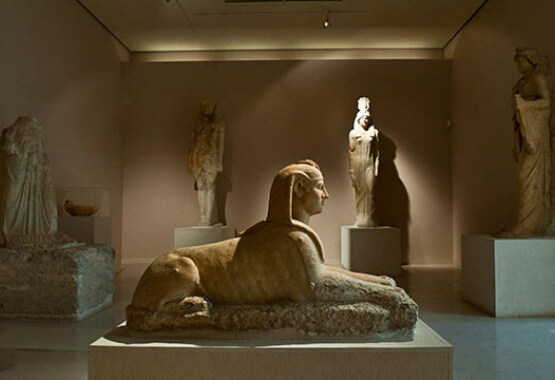
Lesser known archaeological sites in eastern Attica
Located about an hour from Athens, the archaeological sites of eastern Attica may not be as famous as the Parthenon, the Erechtheum, the temple of Poseidon in Sounio or the ancient agora under the rock of the Acropolis...

A delicious visit to Athens' museums
Beautiful atriums and courtyards, balconies with breathtaking views and green gardens have been shaped as part of museum premises in Athens promise to offer you relaxing spots before or after your culture-oriented visits.
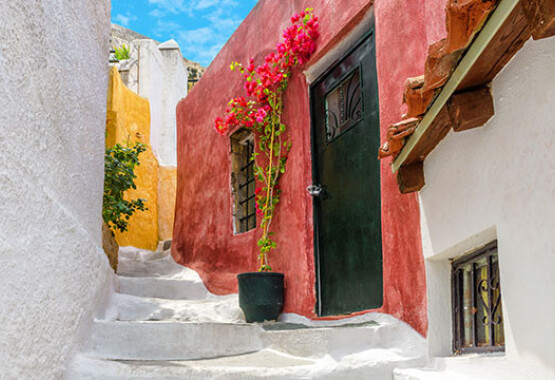
Around the Acropolis Hill

Athens Riviera
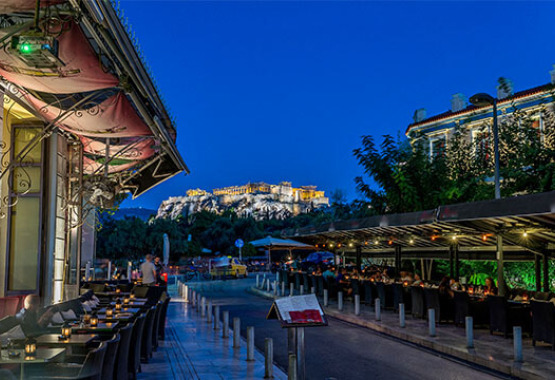
Neighbourhoods in Athens
The “core” of the historic centre of Athens is the Plaka neighbourhood (at the eastern side of the Acropolis), which has been inhabited without interruption since antiquity.
